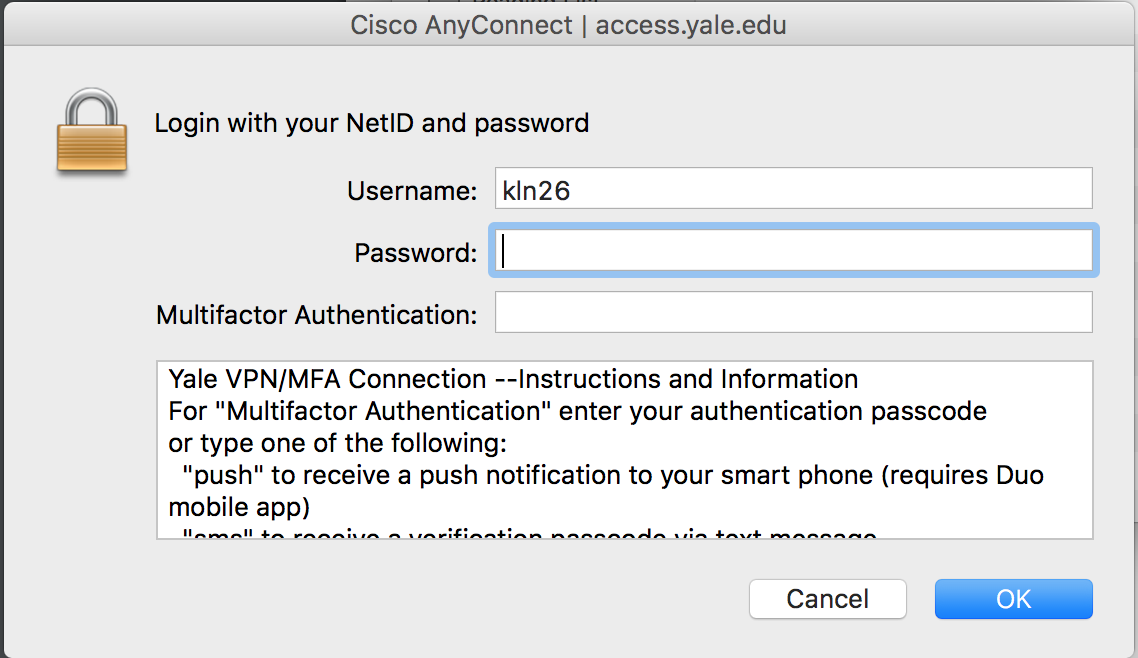

- Linux cisco vpn client how to#
- Linux cisco vpn client install#
- Linux cisco vpn client driver#
- Linux cisco vpn client password#
Download the An圜onnect installer from somewhere.sudo ln -s /usr/lib32/nss/libsoftokn3.so /usr/local/firefox.sudo ln -s /usr/lib32/libsmime3.so /usr/local/firefox.sudo ln -s /usr/lib32/libnspr4.so /usr/local/firefox.sudo ln -s /usr/lib32/libplc4.so /usr/local/firefox.sudo ln -s /usr/lib32/libnss3.so /usr/local/firefox.
Linux cisco vpn client install#
Linux cisco vpn client driver#
PCF file to your linux vpnc.I’ve posted before about getting Cisco An圜onnect running on Ubuntu 9.10 and Ubuntu 10.04, but I’ve since started using LinuxMint as my daily driver and did a clean install of MInt 11 today.

Linux cisco vpn client password#
So, you can simply copy/past the encrypted group password from your windows. Going through the VPNC man pages, we see an interesting option: (configfile only option) It’s relatively easy to do this (search for cisco-decrypt.c, so IT admins beware if you are in a high-security environment) but I think it’s an unnecessary step. Most of these articles seem to think that you need to decrypt this string to use this decrypted password with VPNC. In most PCF files, for security reasons the group password is encrypted and would be a hexadecimal string that starts of looking like this: The observation I wanted to make is about the group password (cisco speak for the VPN Pre Shared Key). There were one or two others, google is your friend here.
Linux cisco vpn client how to#
Also, there are some simple guides on the internet that describe just how to do this:

Enter “vpnc” (apt-get install vpnc) which seems to be the more widely used linux cisco vpn client (it’s now integrated into ubuntu’s native Network manager see here). So I had my PCF file, all I needed was to use this from my linux machine. The VPN uses cisco technology, and IT had already configured my windows laptop with the “.PCF” configuration files that the cisco VPN client uses to connect to the VPN server. IT here only really support windows so I was on my own here. The scenario I faced is probably typical of many IT guys who work from home: I needed to connect to my work VPN but I prefer to use my more powerful linux machine from home.


 0 kommentar(er)
0 kommentar(er)
